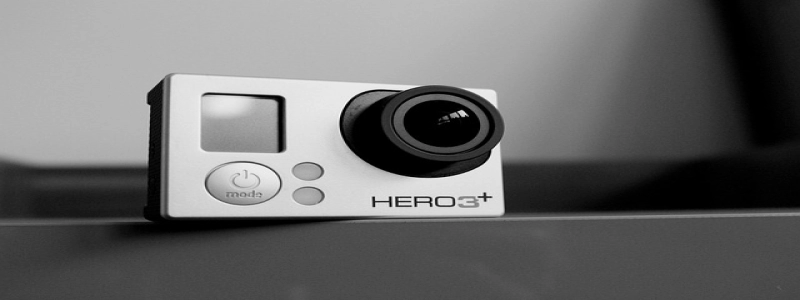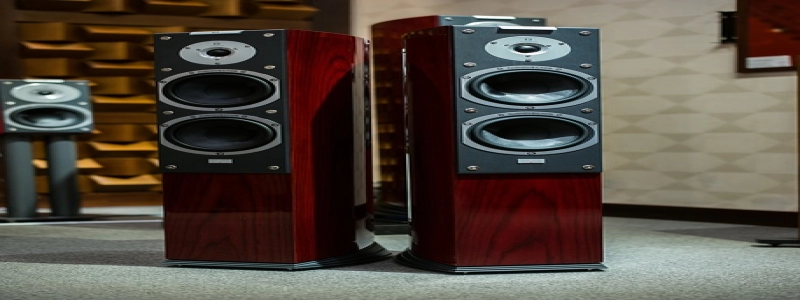Wavelength Meters
介绍
Wavelength meters are essential instruments used in various fields such as physics, optics, and telecommunications. They provide accurate measurements of the wavelength of electromagnetic radiation, allowing researchers and engineers to make precise calculations and analyze the properties of light. This article provides a comprehensive overview of wavelength meters, their working principle, and their applications in different industries.
Working Principle
Wavelength meters work based on the principle of interferometry, where interference patterns are analyzed to determine the wavelength of light. These instruments typically use a Michelson interferometer setup, where a beam of light is split into two beams and recombined after traveling through different optical paths. The interference between the two beams creates a pattern known as an interferogram, which is then processed to calculate the wavelength of the light.
Types of Wavelength Meters
There are several types of wavelength meters available today, each with its own advantages and limitations. Some commonly used types include:
1. Fabry-Perot Interferometer: This type of wavelength meter consists of two partially reflective mirrors that form a resonant cavity. The wavelength of light is measured by analyzing the interference fringes produced inside the cavity.
2. Grating Wavelength Meter: These meters use a diffraction grating to disperse light into a spectrum. The position of the fringes produced by the diffraction grating is then measured to determine the wavelength.
3. Fourier Transform Wavelength Meter: These meters use Fourier transform interferometry to calculate the spectrum of an incoming light signal. The spectrum is then analyzed to determine the wavelength.
Applications
Wavelength meters find applications in various fields, including:
1. Laser Development: Wavelength meters play a crucial role in the development and testing of lasers. They allow scientists and engineers to measure and control the wavelength of laser beams, ensuring their accuracy and stability.
2. Fiber Optics: Wavelength meters are used in the field of fiber optics to measure the wavelengths of optical signals transmitted through optical fibers. This information is important for monitoring signal quality and ensuring efficient communication.
3. Spectroscopy: In spectroscopic studies, wavelength meters are used to accurately measure the wavelengths of different spectral lines. This information helps in identifying and characterizing various chemical elements and compounds.
4. Telecommunications: Wavelength meters are vital in the telecommunications industry for measuring and monitoring the wavelengths of signals sent over optical networks. This ensures optimum performance and efficient communication.
结论
Wavelength meters are indispensable tools in several industries, allowing scientists, engineers, and researchers to make precise measurements and calculations related to the properties of light. With their ability to accurately determine the wavelength of electromagnetic radiation, these instruments have revolutionized various fields, including laser technology, fiber optics, spectroscopy, and telecommunications.








